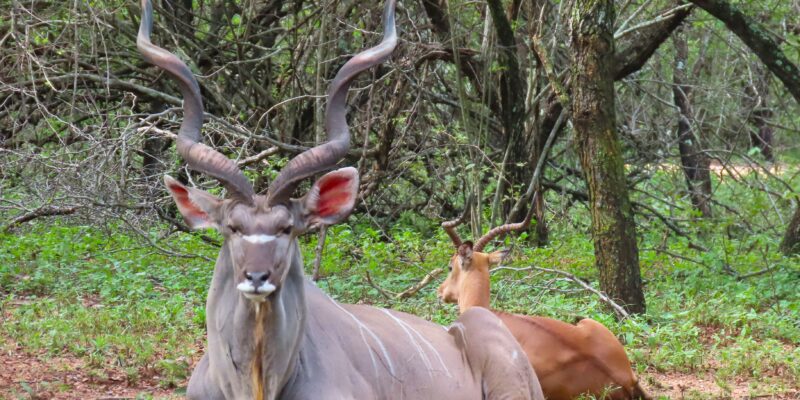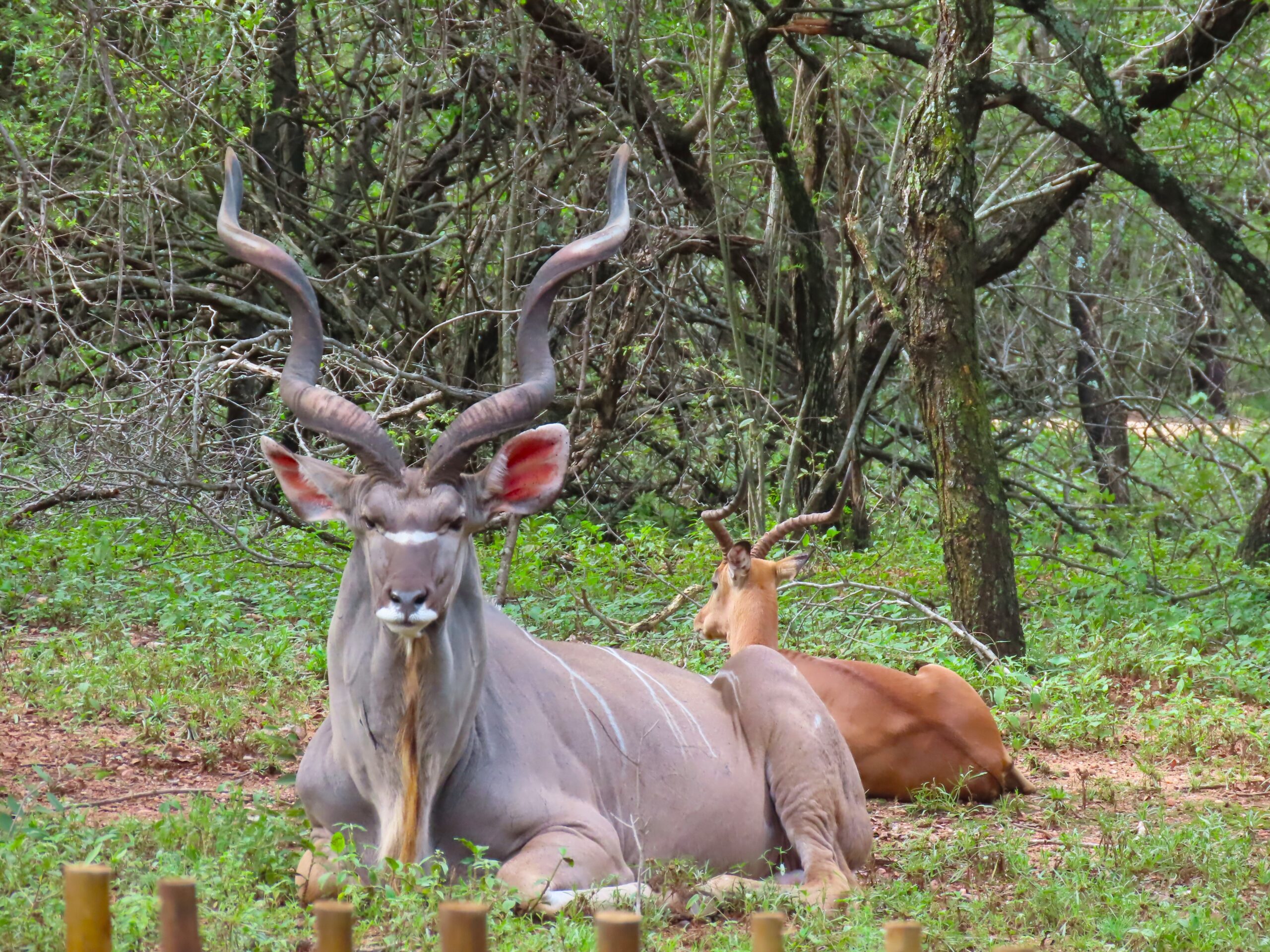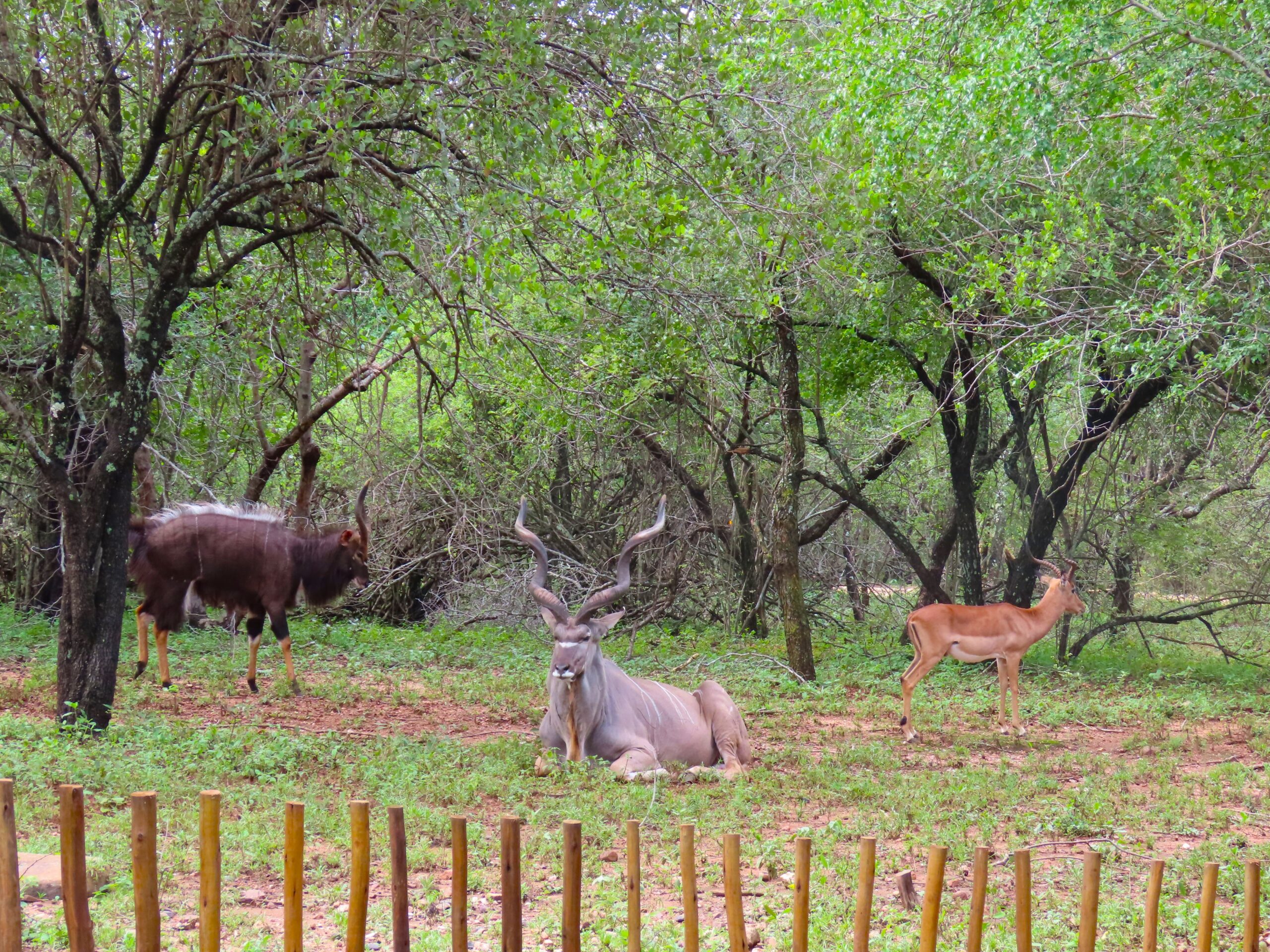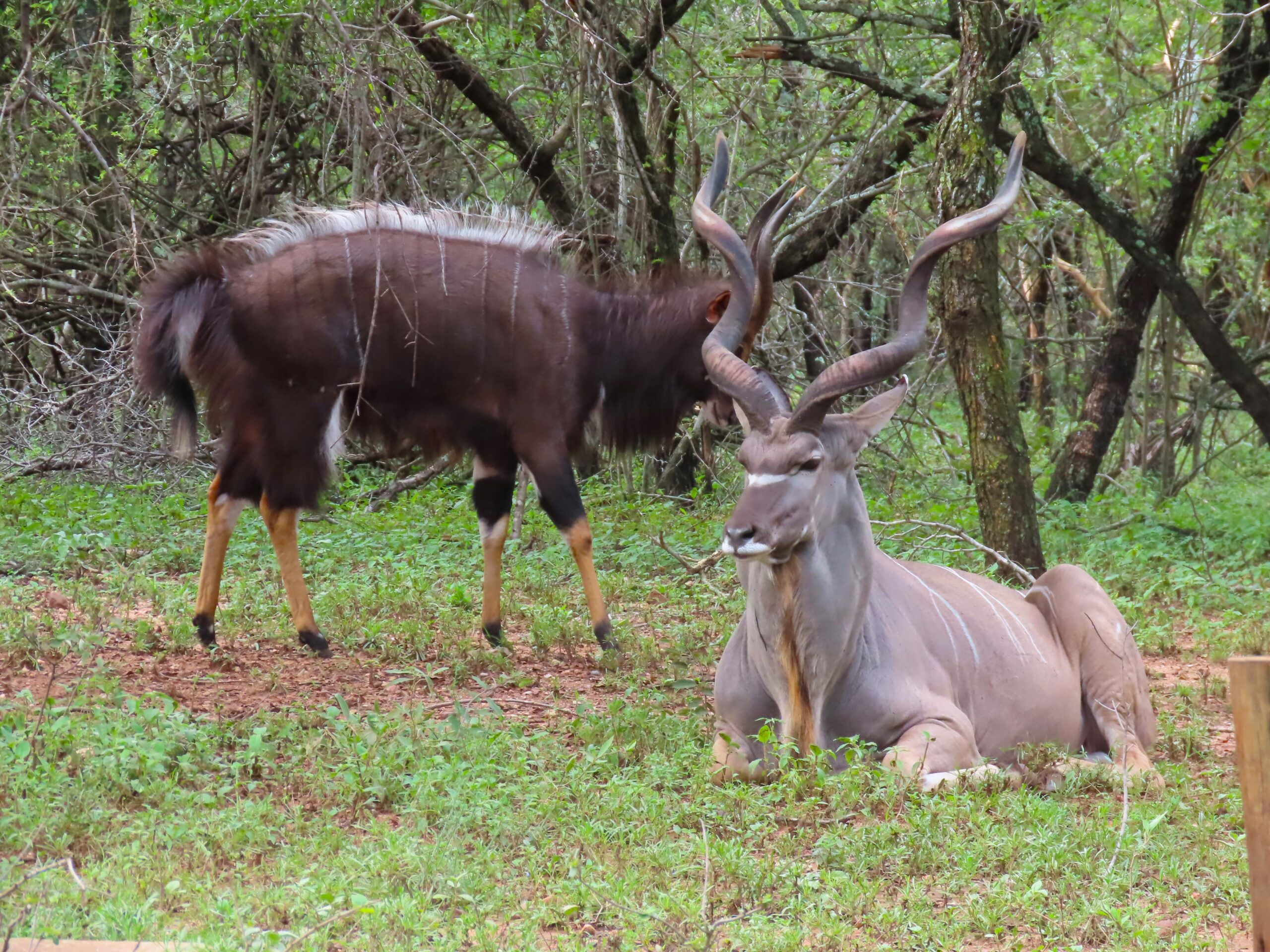
It was six years ago today that I had emergency open-heart coronary bypass surgery in Nelspruit, South Africa. Although it was a long and painful recovery, no words can describe how grateful I am to have come out on the other side now feeling well and thriving.
One might say, why celebrate such a dreadful experience? But, the celebration isn’t over the procedure itself but more about having survived and, in my case, the ability to continue to travel the world now, six years later. Sure, there have been some setbacks, most recently requiring the visit to the Cleveland Clinic with excellent results after three previous misdiagnoses in three countries by three cardiologists. There, I had many tests and the elimination of a dangerous drug.
After this extensive surgery, one can’t help but wonder about potential life expectancy. Here’s some information in that regard:
The life expectancy after coronary artery bypass graft (CABG) surgery varies depending on several factors, including the patient’s age, overall health, lifestyle, and the presence of other conditions like diabetes or high blood pressure. However, here are some general trends:
- Average Survival: Many patients live 10 to 20 years after bypass surgery, especially if they adopt heart-healthy habits.
- 10-Year Survival Rate: Around 70-80% of patients live 10 years post-surgery.
- 15-Year Survival Rate: About 50-60% of patients live beyond 15 years.
- 20-Year Survival Rate: Some studies show that about 25-30% of patients reach the 20-year mark.
Factors That Influence Lifespan After CABG:
- Lifestyle Changes: Patients who eat a heart-healthy diet, exercise, quit smoking, and control their blood pressure and cholesterol tend to live longer. (My lifestyle is ideal in this regard).
- Underlying Health Conditions: Diabetes, kidney disease, and severe heart failure can shorten life expectancy. (I have none of these).
- Age at Surgery: Younger patients have longer survival rates than older patients undergoing the procedure. (I was 70 at the time of this surgery).
- Success of the Surgery: If the grafts remain open and blood flow is maintained, the heart can function well for decades. (One of my grafts has failed, but my heart is functioning well without that graft based on a recent angiogram at Cleveland Clinic).
CABG is not a cure for heart disease, but it significantly improves the quality of life and survival by reducing the risk of heart attacks and other complications. Regular follow-ups with a cardiologist are crucial for long-term success.
After the complete workup at the Cleveland Clinic, I feel comfortable waiting a few years for another review while we’re visiting family in Minnesota. At that time, I’ll go to the more conveniently located Mayo Clinic in Rochester, Minnesota, 90 minutes from where we’ll be staying.
In the interim and the future, I will continue with my healthy lifestyle: a healthy low carb unprocessed-foods diet, daily exercise, quality sleep, low stress, frequent socialization, and positive relationships. Of course, being with Tom Lyman is always a boost for good health with his upbeat demeanor, loving support, and playful nature.
For me, I’ve found that the fewer prescription drugs I take, the better I feel. For my age and history, I only take a few medications and supplements that support heart health.
Be well.
Photo from ten years ago today, February 12, 2015:
|
|








